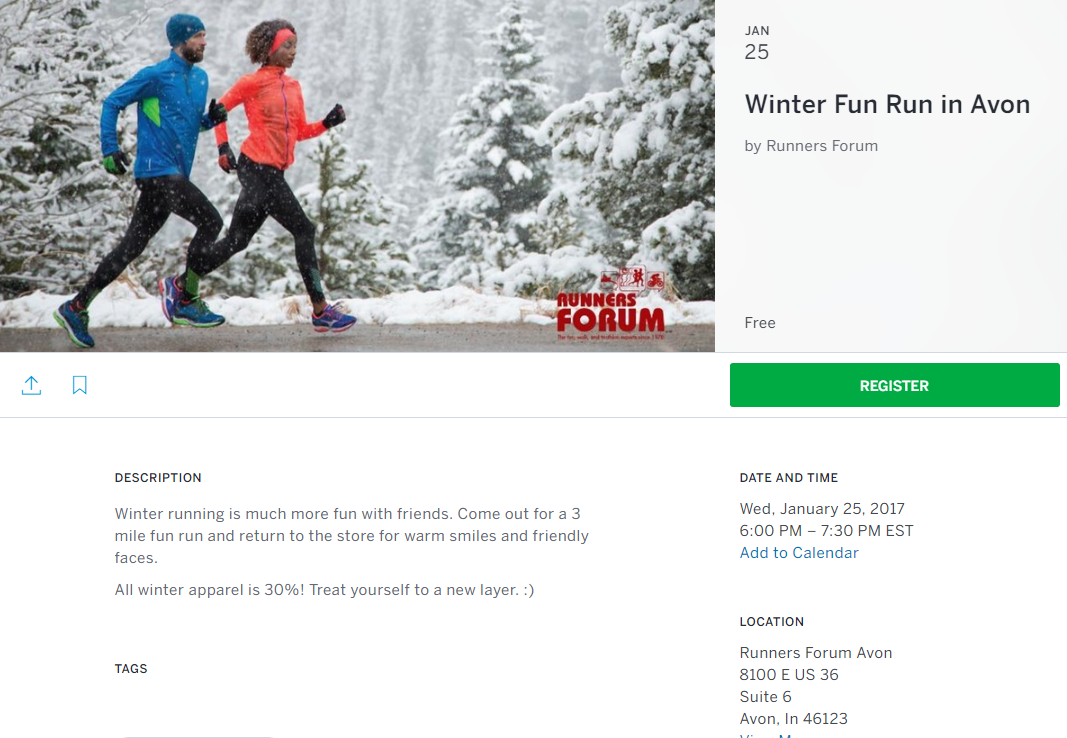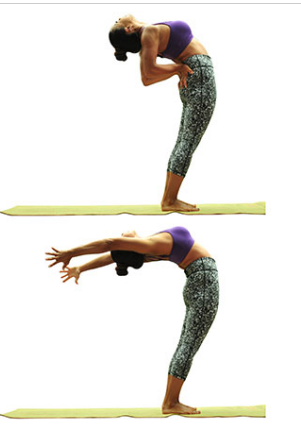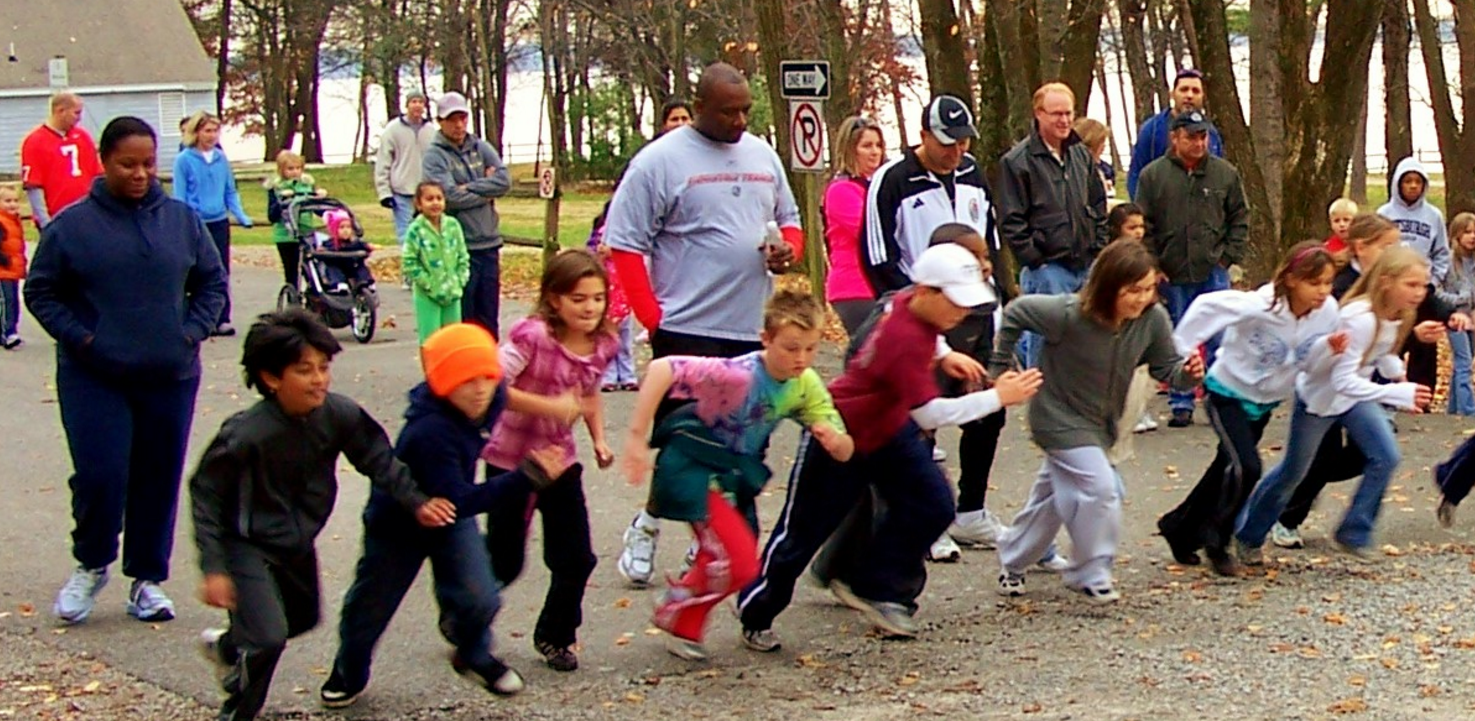January 5, 2017
It’s the middle of winter and all you can think about is golf, but it’s below zero outside and your home course is covered in 2 feet of white, fluffy snow. While you may be able to get away for a golf destination vacation, you’ll be stuck inside for most of the winter, far away from your favorite golf courses. Instead of practicing your “golf air swing” or putting in your office, use this time to get better at your game, even when you can’t hit the links. Here are five steps you can take this winter to improve your summer golf game.
1. Hit the Weights
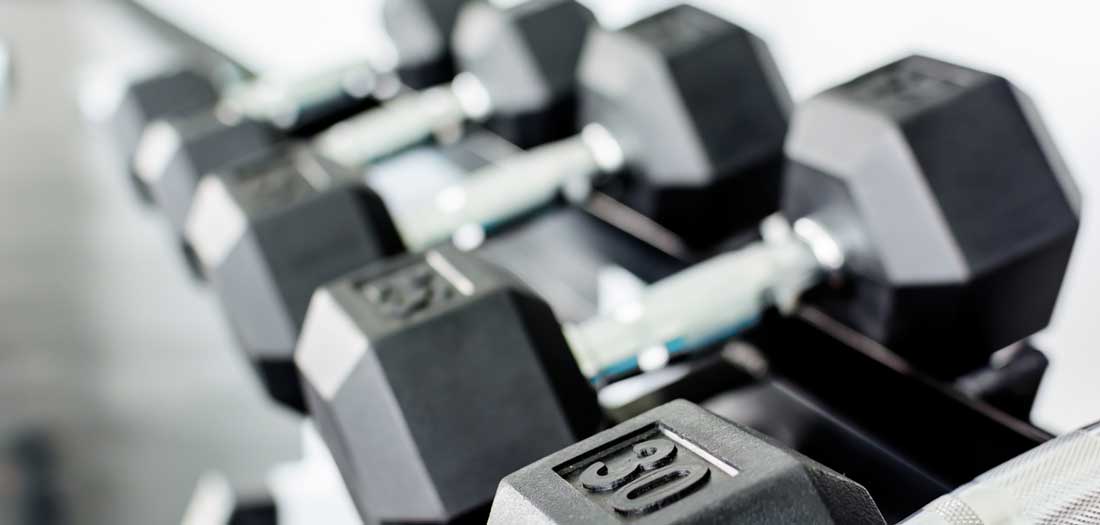
For a long time, most professional and amateur golfers avoided weight training because they assumed increased muscle size would make them too big and too tight to swing the golf club with good form. Today, however, many golfers have learned the opposite is true. The benefits of golf-specific weight training and flexibility-training workouts include more distance and power, more accuracy and greater club head speed, as well as consistent and pain-free play. Here are three exercises you can perform with just a medicine ball.
Torso Rotation
Every golfer knows that to effectively start your back swing and to complete your follow through, you need to have the ability to rotate your upper body independently of your lower body. Many golfers lose this ability over time, usually because of a sedentary lifestyle. Use this exercise to retrain your upper body to rotate properly.
Step 1: Step into a lunge stance with your left leg forward.
Step 2: Cross your arms across your chest or hold a medicine ball close to your chest.
Step 3: While keeping your lower body steady, rotate your upper body as far to the left as comfortably possible. Rotate back to the starting position and repeat 20 times before switching legs (right leg forward) and rotating toward the right.
Overhead Deep Squat
Ask a good golf pro where most of the power in your drive comes from and he or she will tell you that the power in your swing comes from your glute muscles. If you have weak glute muscles, that will surely lead to a lack of power. By simply strengthening your glutes, you can add distance to your drive. Try this classic exercise for added power.
Step 1: Stand with your feet shoulder-width apart.
Step 2: Place both hands on a golf club and hold it parallel to the ground above your head.
Step 3: While keeping your arms extended and the club above your head, try to squat toward the floor. You’ll have executed this exercise perfectly when your thighs are parallel to the floor and the club is still above your head. Be sure to keep your knees aligned over your ankles throughout the entire movement. Repeat 15 times.
Lower-body Rotation
To maximize the back swing, follow through and power, a good golfer needs to be able to independently control the rotation of his or her lower body. This exercise will help you do exactly that.
Step 1: Stand facing a wall with your feet shoulder-width apart.
Step 2: Place both hands on the wall in font of you at shoulder height.
Step 3: Rotate your right hip to the left while keeping your upper body steady. Press your hands into the wall to help stabilize your upper body throughout this entire exercise. Repeat 20 times and switch sides, rotating the left hip to the right.
2. Speed Up Your Cardio
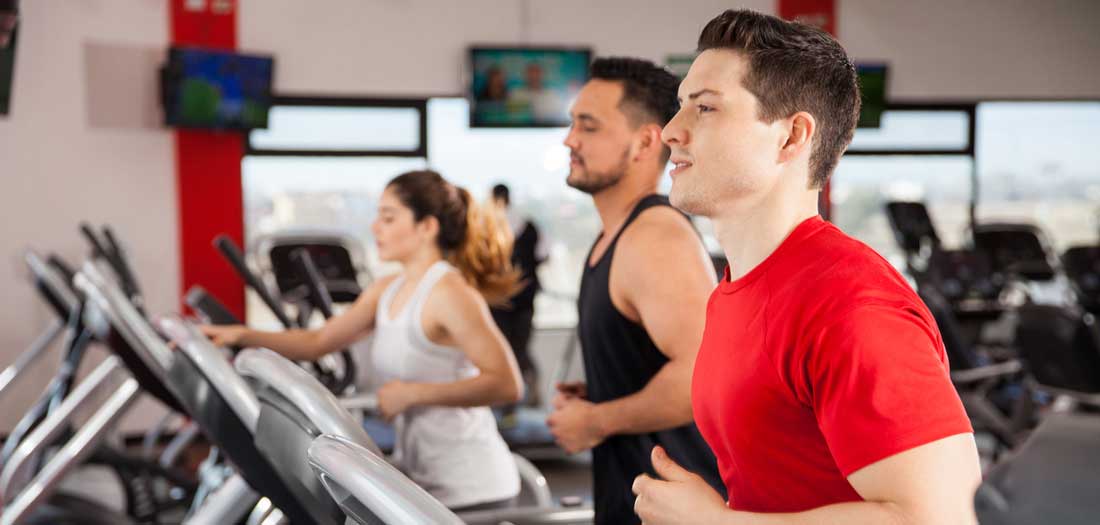
Your golf swing is a super-fast and powerful ballistic movement, and the quicker you can get your club head around your body and to the ball, the farther you should be able to drive the ball. If your body is used to fast movements, you’ll have an easier time speeding up your swing. It doesn’t take much—adding some form of sprinting, interval training or high-intensity interval training (HIIT) to your workout routines two times per week is all you need to see speedy improvements. Plus, extra cardiovascular work is good for the heart and can help keep your weight in check.
Sprints
A simple sprint routine can help increase your speed.
- Step 1: Sprint 10 yards.
- Step 2: Walk back to your starting line.
- Step 3: Sprint 20 yards (walk back to your starting line)
- Step 4: Sprint 30 yards (walk back to your starting line)
- Step 5: Sprint 40 yards (walk back to your starting line)
- Step 3: Sprint 50 yards (walk back to your starting line)
Repeat one to two times.
3. Take a Lesson
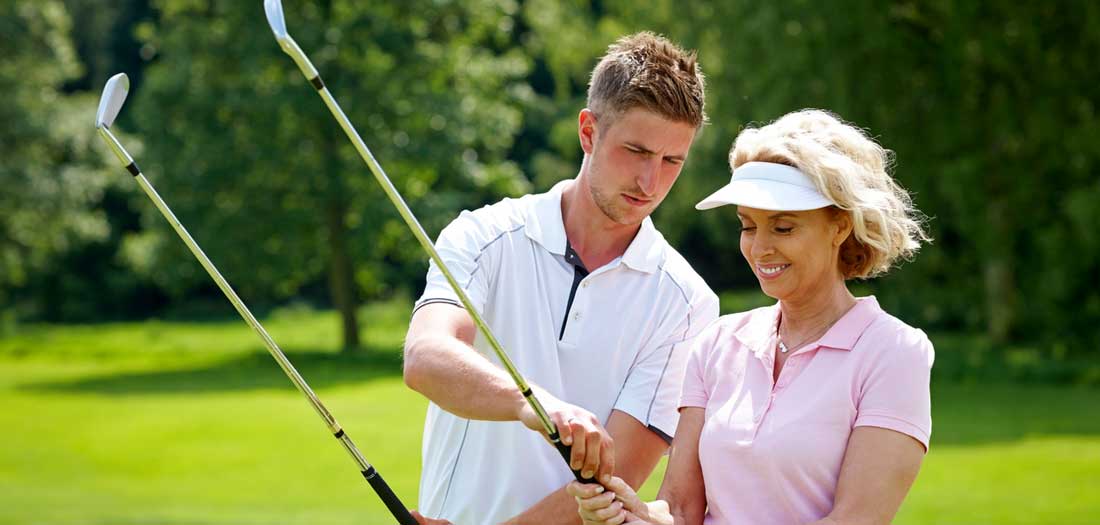
Even the pros take lessons. In fact, professional golfers are consistently taking lessons to improve all aspects of their game. There’s simply no other way to get better. You may be surprised to learn that a golf professional can improve your game by doing something as simple as adjusting your stance at the tee. Without lessons, most golfers fall into bad habits that become extremely difficult to break over time.
4. Practice
Practice the most difficult parts of your game. If you consistently drive the ball far and on target, but have trouble with your short game, spend the majority of your time practicing your shots from 100 yards out. It may be boring and frustrating, but that’s because you are not very good at it—yet. With consistent practice, you’ll see major improvements to the most difficult parts of your game.
5. Relax

Every golfer knows that the game of golf is as much mental as it is physical. You need to be mentally strong and confident if you’re going to improve your golf game. In fact, it’s often an individual’s mental prowess, rather than physical strength, speed or power, that separates the pros from the amateurs. Set aside time each day to relax—try yoga, stretching or even meditating. When you make your mind as strong as your body, you’ll see tremendous improvements, both on and of the course.
Fore!

Take the time this winter to implement these five steps to improve your golf game. It will be worth it to see the looks on your friends’ faces when summer rolls around and you hit the first drive farther then you ever have in the past.
 FRANKLIN ANTOIANContributorFranklin Antoian is an ACE-certified personal trainer, writer for Sears FitStudio.com and fitness expert for MangeMyLife.com. As author of “The Fit Executive: Fitness for Today’s Busy Professional” and founder of the online personal training website iBodyFit.com, Franklin has been featured in SHAPE Magazine, Fox News Online, INC.com Magazine and The Palm Beach Post
FRANKLIN ANTOIANContributorFranklin Antoian is an ACE-certified personal trainer, writer for Sears FitStudio.com and fitness expert for MangeMyLife.com. As author of “The Fit Executive: Fitness for Today’s Busy Professional” and founder of the online personal training website iBodyFit.com, Franklin has been featured in SHAPE Magazine, Fox News Online, INC.com Magazine and The Palm Beach Post



